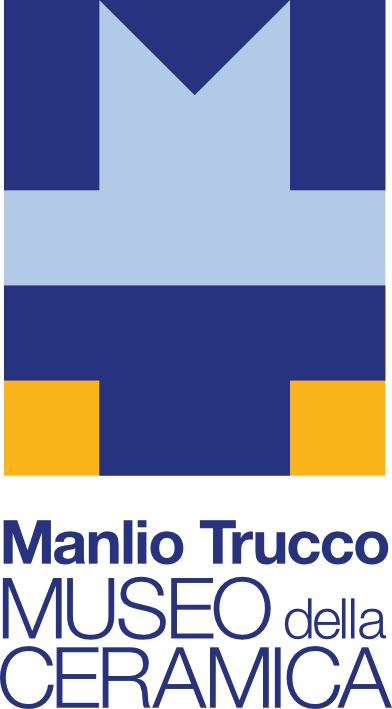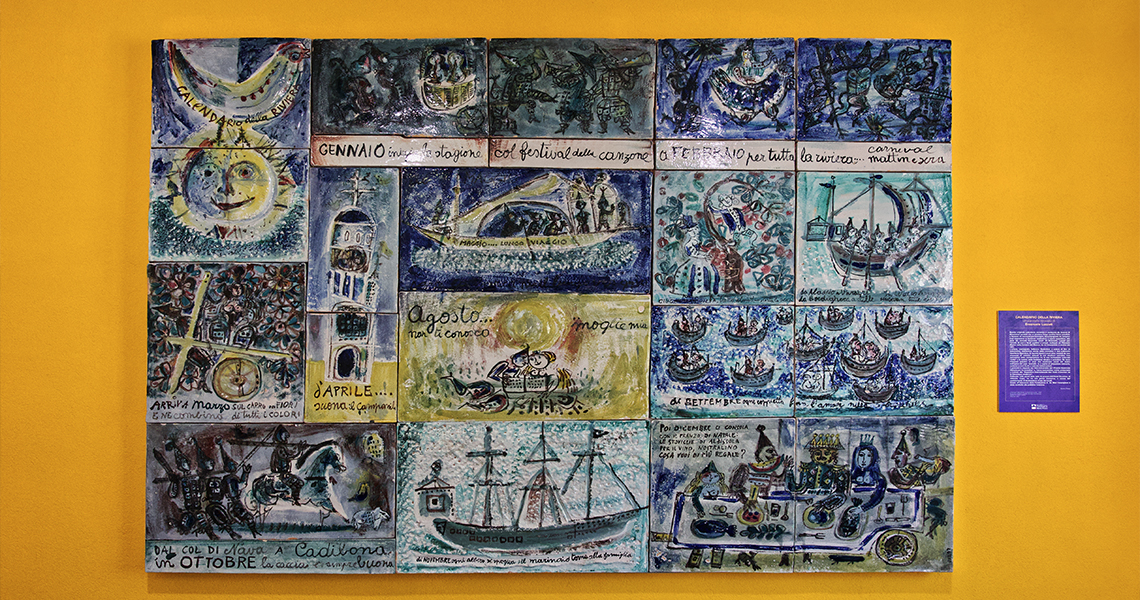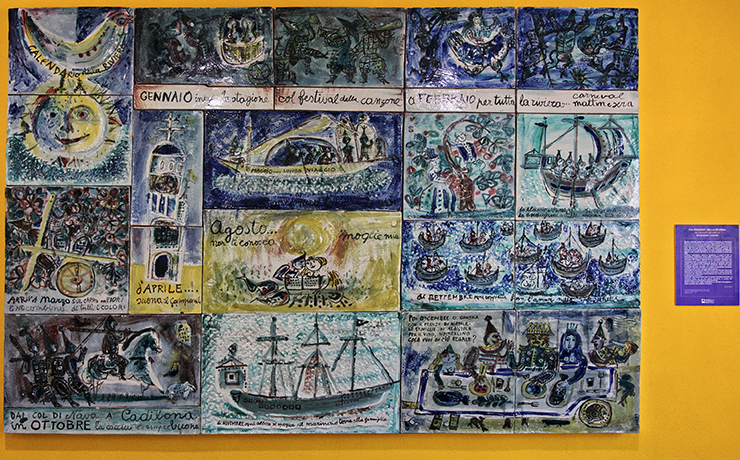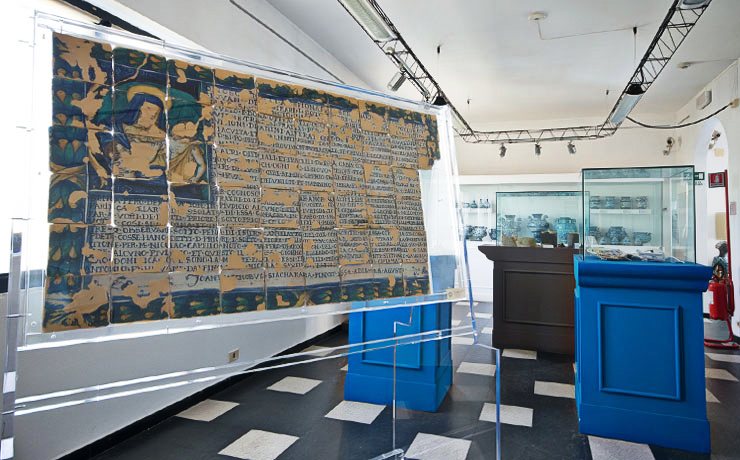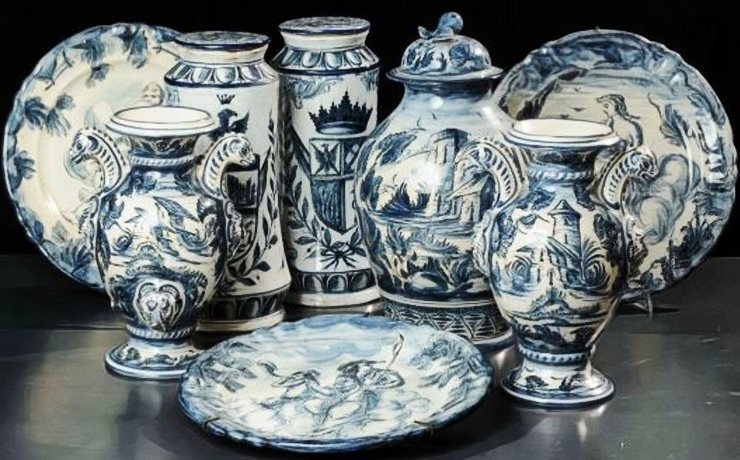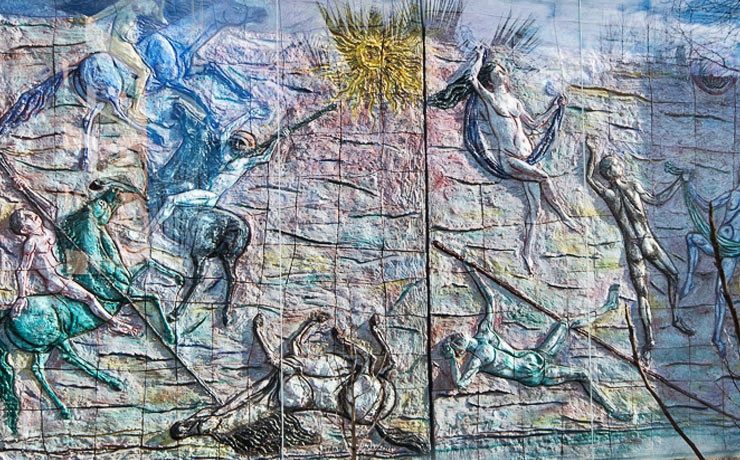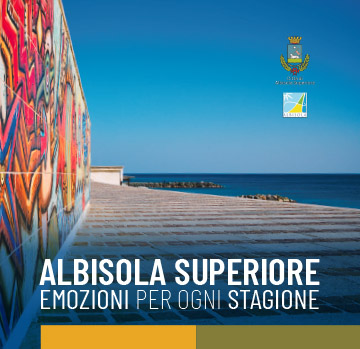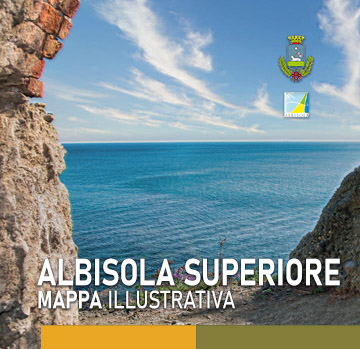C.so Ferrari 193 Tel 019 484615
This email address is being protected from spambots. You need JavaScript enabled to view it.
The museum is located in the house-workshop of painter and ceramist Manlio Trucco (Genoa 1884 - Albisola Superiore 1974), one of the protagonists of the Albisola artistic revival of the 1920s and 1930s. The property was donated by the artist to the City of Albisola Superiore to be turned it into a museum, with the purpose of bearing witness to the century-old tradition in Albisola.
The tour starts from the display of 20th-century specimens, with works by Trucco himself, to archaeological finds from the medieval period.
Albisolese pottery, already known in the 15th century, was destined to experience great development in the following century. In 1578 members of the Conrado family moved to Nevers, France, to establish majolica factories there, while other Albisolese masters were working at the time in Seville and Lyon. During the 17th century, Albisola Superiore shared with neighboring Albissola Marina and Savona the fortunes of the great Baroque season, as exemplified in the Museum by a sampling of vases on loan from the San Martino Hospital in Genoa, a conspicuous proportion of which came from Albisola factories (Grosso and Gerolamo Merega).
At the beginning of the 20th century Albisolese production experienced a great development, thanks to the semi-industrial processing of fire pans in refractory earth, of which millions of pieces were produced. Between the last decades of the 20th century and the beginning of the current one, the production of stylish ceramics, inspired by the great Baroque tradition, also resumed, and was destined to continue to the present day. This has being joined, within the manufactures, by workmanship updated to the innovations that have been flourishing on the international scene.
In 1921 Manlio Trucco himself, returning from Paris, imported the novelties of Art Déco to Albisola, first as director of the Casa dell'Arte, a manufactory at which a dynamic fellowship of painters, sculptors and poets, mostly from Liguria, had congregated, and then in his own factory, La Fenice. At the same time, Ivos Pacetti, before joining the Futurist movement, had also experimented with Déco. At La Fenice, between 1926 and 1927, Arturo Martini worked, commissioned by the Genoese architect Mario Labò. The formal simplification of the small plastics made with the support of his friend Trucco, pointed the way to renewal.
On display in the museum are, among others, the terracotta of St. George, Orpheus, Lovers, Thinker and Judith. Also following his lead was Francesco Messina, who was working in the same manufactory at that time; his Amanti and Solitudine are exhibited. Inside visitors can admire the Riviera Calendar by set designer and illustrator Emanuele Luzzati. Giovanni Giacomo Sciaccarama's majolica tile panel (1554) and 16th-century 'laggioni' are also on display. In the garden, among sculptures by Albissola artist Antonio Siri, stands out Agenore Fabbri's high relief Battaglia, made in 1948 in the Mazzotti Factory in Albissola.
